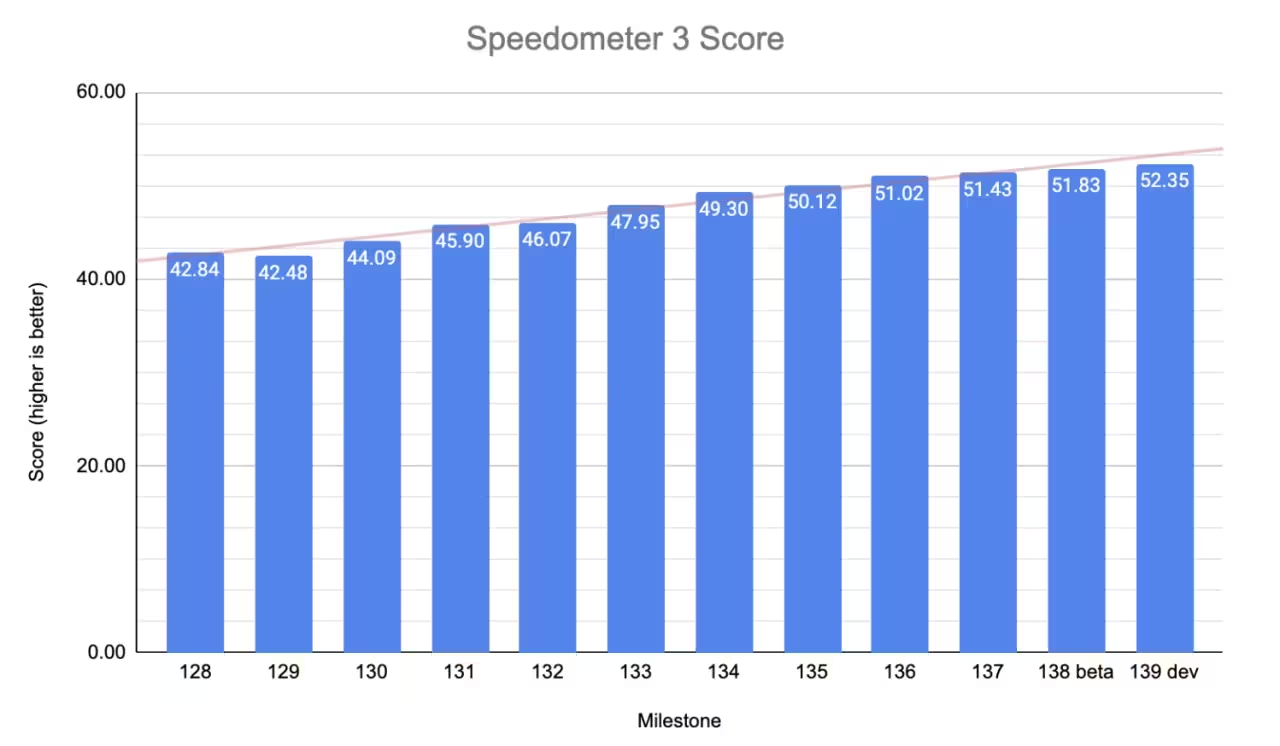3 Minutes
Chrome’s Performance Breakthrough: What’s New?
Google has once again advanced Chrome’s speed and efficiency, announcing substantial performance gains across its Chromium browser platform. Roughly a year after showcasing the first phase of enhancements, Google has published an in-depth explanation of the new techniques and code optimizations that are pushing Chrome to new levels of responsiveness and stability.
Enhancing Browsing with Next-Gen Memory Management
At the heart of Chrome’s surge in performance lies a suite of memory management and caching refinements. Google’s engineers have revamped how internal data structures are managed, especially those dealing with the Document Object Model (DOM), cascading style sheets (CSS), layout processes, and page rendering. These improvements optimize Chrome’s use of CPU caches and minimize redundant operations, resulting in faster website loading and smoother browsing experiences for users worldwide.

Blink Engine: Smarter, Leaner, and Quicker
A key factor behind Chrome’s advancements is the Blink rendering engine. The development team has eliminated unnecessary data churn within Blink, streamlining processes to maximize hardware efficiency. Transitions within Chrome’s memory management framework have also played a pivotal role. Previously, some core functions relied on traditional malloc for memory allocation. Now, Google has transitioned more components to Oilpan, Blink’s dedicated garbage collector, enabling more effective resource allocation and reducing memory leaks.
Faster String Handling and Modern Caching Methods
Performance isn’t just about raw processing power — it’s also about smart string management. Chrome now uses a more advanced hashing algorithm, "rapidhash", which accelerates the handling of strings and enhances search functionality. Additionally, when rendering demands become particularly resource-intensive, like complex CSS style computations, Chrome’s improved caching strategies significantly boost cache hit rates while cutting down on slow cache misses.
Chrome vs. Edge: Raising the Bar for Browsers
It’s worth noting that Microsoft’s Edge browser is also making headlines for its speed improvements, leveraging similar benchmarks such as Speedometer 3.0 — the same tool used in recent RAM and browser performance reviews. This friendly competition is driving both tech giants to keep innovating, benefiting users across the globe.
Use Cases and Market Impact
For daily users, developers, and businesses relying on efficient web experiences, these Chrome upgrades mean faster page loads, greater reliability, and a smoother interaction with cloud-based tools, online games, and productivity suites. By refining core browser architecture, Google continues to defend Chrome’s spot as the leading choice for both mainstream users and technology professionals.
Google’s commitment to delivering lightning-fast browser performance demonstrates its dedication to evolving technology and digital innovation. The latest round of updates ensures Chrome remains a top performer in an increasingly competitive market.
Source: neowin


Leave a Comment